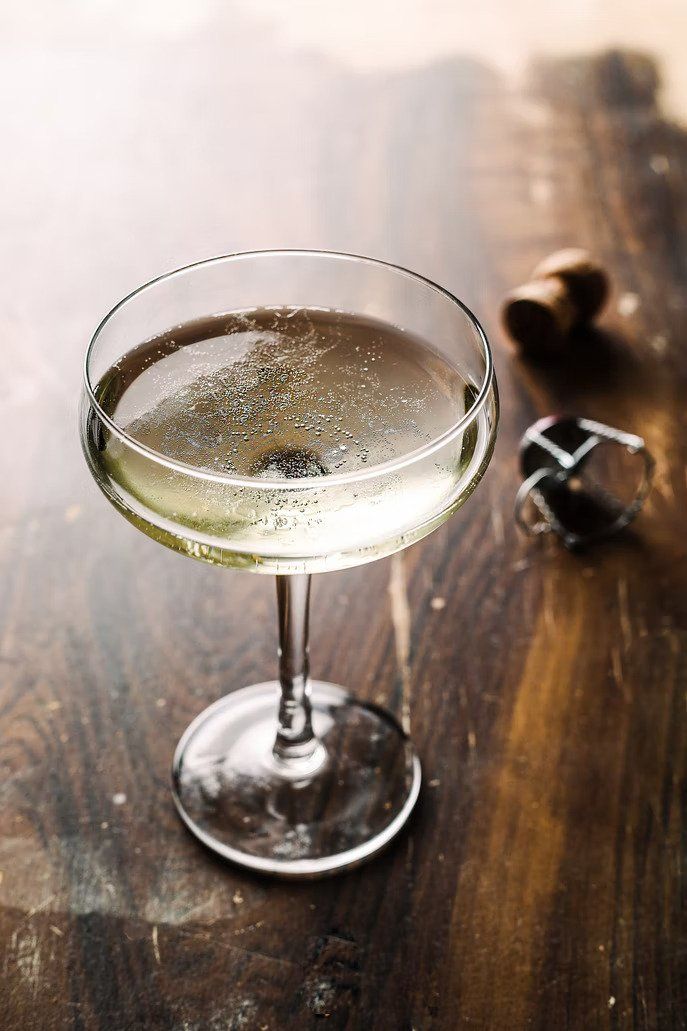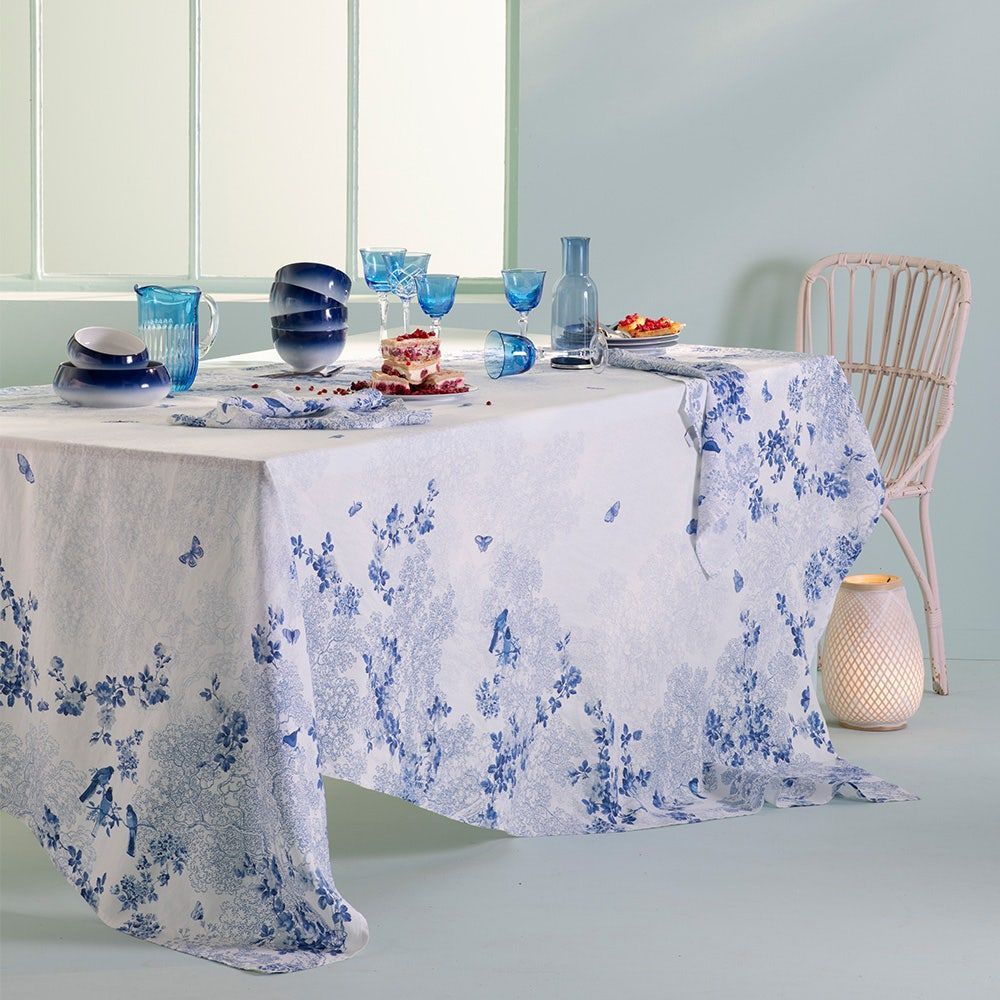News and Events
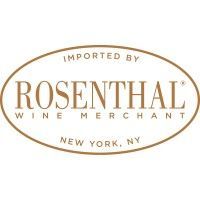
Join us for a special seated tasting on Thursday, May 15 from 5–7 PM with Clarke Boehling of Rosenthal Wine Merchant While visiting trade accounts in the area, Clarke has carved out time to lead this intimate tasting—and we’re thrilled to host him. This is a rare chance to explore the Rosenthal portfolio through the eyes (and palate) of someone who knows it inside and out. Tickets here .
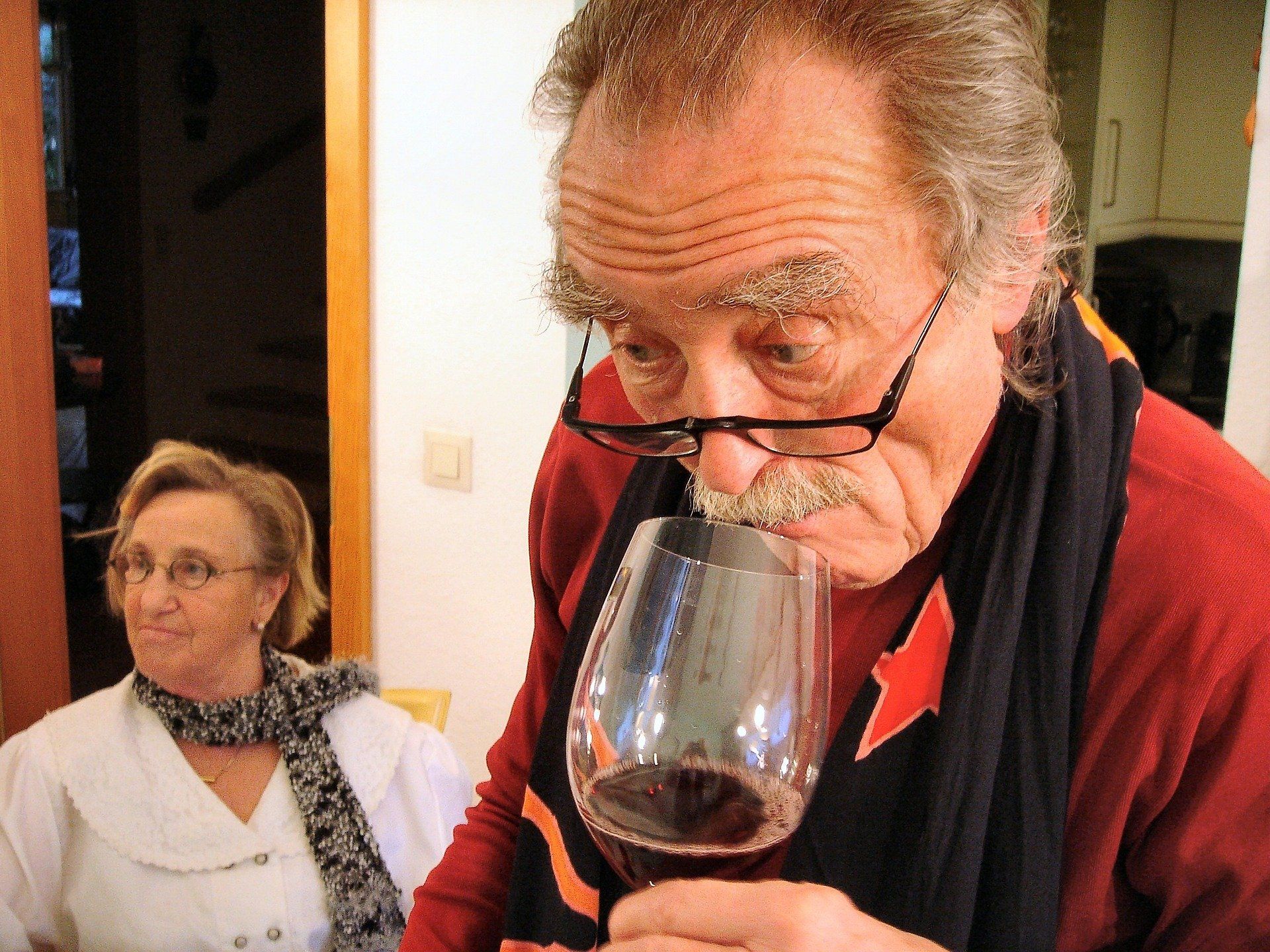
Fall Wine Extravaganza Join us for an afternoon of delicious wines! Unlike our tastings of the past, this will be more like what we call a "trade" tasting. Each rep will be stationed at a table with 4 of their wines - a mix of chilled whites/roses and reds. You are welcome to mingle, pose questions to the reps, bounce back and forth and taste at your own pace. We'll provide solo cups to encourage you to pace yourself and spit. We'll have staff passing bites of food to pair. We'll be joined by Eric, Jesse and Ken in the Coupeville Rec Hall. This will give us all plenty of room to spread out. There will be discounts offered, lots of conversations had and as much education as you would like. This is a standing, social tasting. Wine club members enjoy discounted ticket pricing as well as deeper discounts on orders at the event. Join one of our wine clubs before the event to take advantage of these extra discounts. You don't want to miss this one! A great opportunity to taste before you buy, restock your wine rack and choose a few special bottles for the upcoming holiday season. Saturday 29 October 3 - 5 Coupeville Rec Hall tickets are required Non-wine Club member Wine Club member
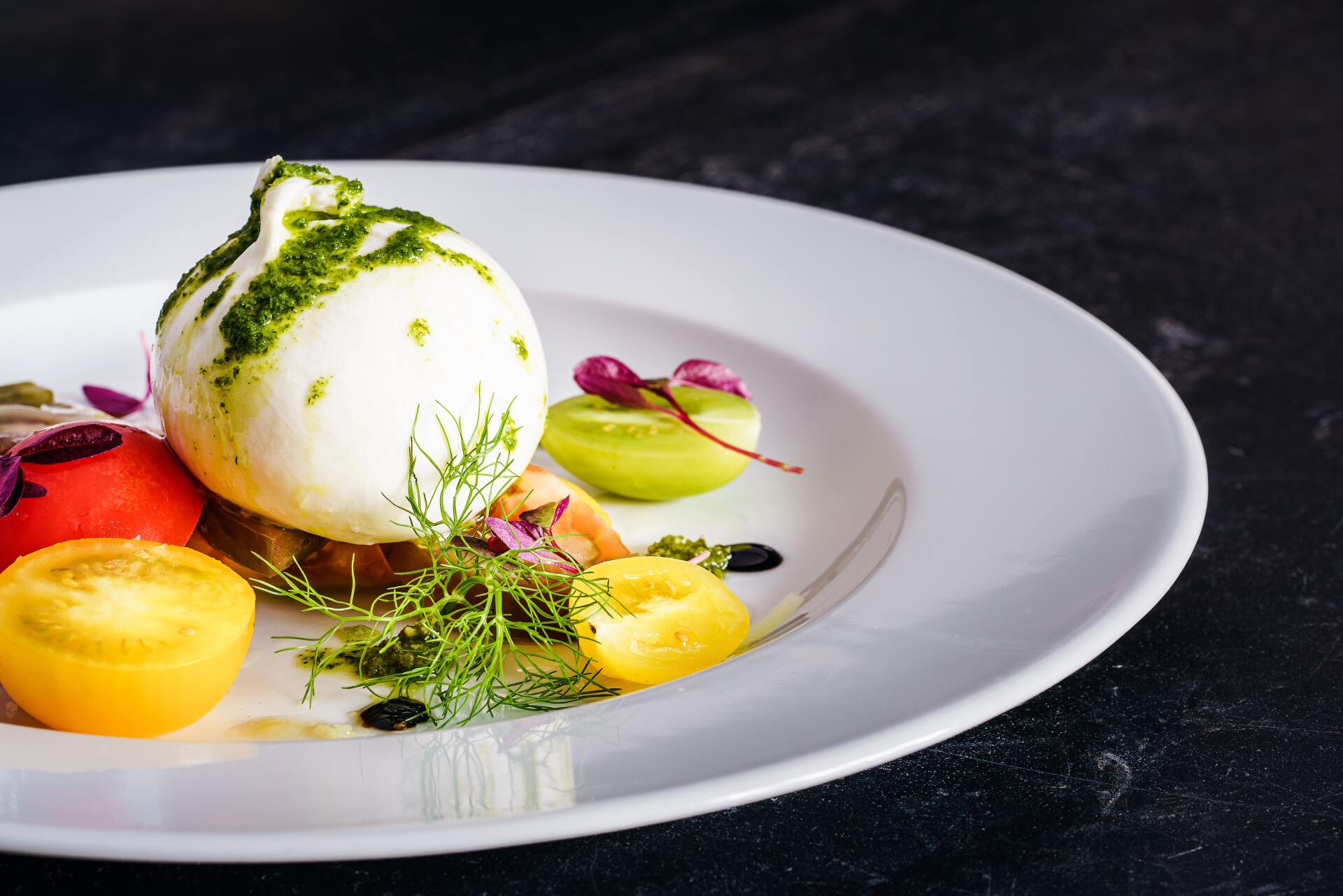
Grande Fior di Latte Pasteurized Cow's milk fresh Mozzarella - Wisconsin - USA It's summer and we want to encourage you to eat your weight in fresh mozzarella. Fresh, whole milk, well made mozzarella that is light and delicate. The touch of tang from cheese cultures, the stretch and melt point perfection are why we love this mozzarella over all others. It truly is the flower of the milk! Stop in the shop and mention this post, we'll give you a sweet discount... From the dairy, Our milk is collected daily from cows at dedicated Grande producer dairy farms that have committed to our Producers Assuring Consumers of Excellence (PACE) program to ensure quality, animal well-being and environmental best practices are in place as well as proper employee management and labor practices. After milking, it is quick cooled and taken directly to our nearby state-of-the-art facilities, where our cheese artisans craft it to bring out that great Grande taste. The story, Grande’s story began in 1891, in the small Sicilian village of Montelepre, Italy, where founder Filippo Candela was then born. It was in this warm, agriculturally rich region where he learned the art of making fine Italian cheese. In 1925, shortly after marrying his wife Provvidenza, Filippo moved from the economic instability of post-war Italy to America in search of better opportunities. Initially purchasing a small dairy farm and orchard, he moved to Wisconsin to pursue his passion for cheese making. Speaking only a few words of English, he met an Italian cheese buyer from the Old World. This meeting sowed the seeds of a new cheese company formed by Filippo and a handful of family and friends. They named it Grande – a fitting name as the Italian word for ‘greatness’ – and its authentic cheeses soon became favorites with Italian immigrant families across the United States. A few ways to enjoy your mozz, Caprese Salad PIZZA! Top grilled vegetables A simple appetizer of Mozz with fresh pesto, your favorite vinegar, your favorite EVOO, the list goes on!
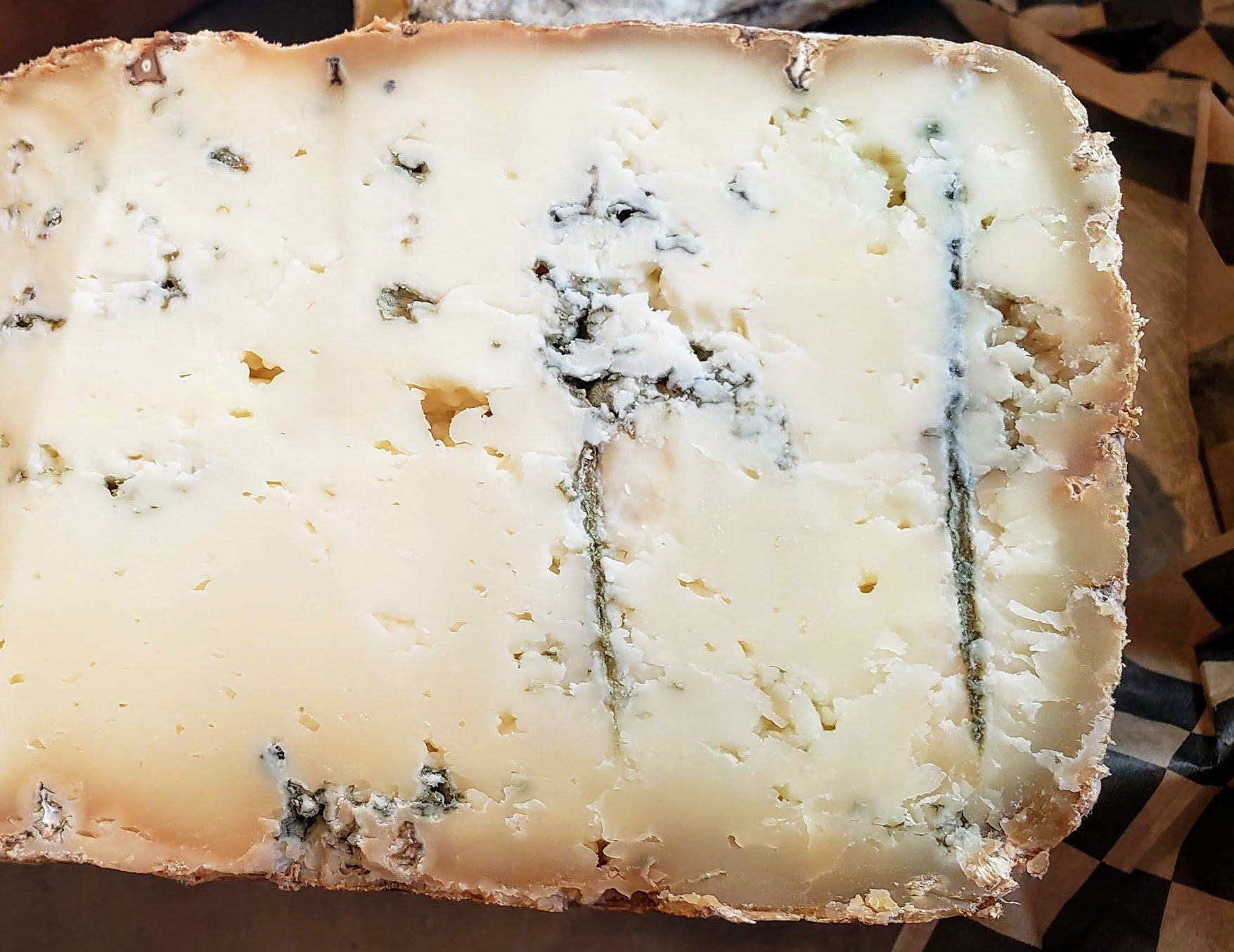
Onetik Bleu Des Basques Pasteurized Sheep - Onetik - Midi-Pyrenees, France It's true! Not all blue cheeses are the same, this couldn't be more true of this personal favorite. Most people who detest blue cheese have only experienced strong, often bitter (cheap) blue cheese. An artisanal blue such as this one is a game changer. It's a delicate, rich, toothsome blue expression. You are encouraged to come try it. Located in a small village at the foot of the Pyrenees Mountans, Macaye Onetik has been making delicious cheese for over 30 years. The goal being to preserve and share the bounty of the Basque heritage. The quality of the milk is the most important process of this cheese. Transhumance - the traditional grazing methods of moving livestock in a seasonal cycle is practiced. Three ancient breeds of sheep traditionally kept by Basque farmers are used. Black-Face Manech [manèche] Red-Face Manech Basco-Bearnaise Made with great skill and care the cheeses are crafted and aged at Onetik. This blue has a natural rind (always the strongest in flavor, eating it is a personal choice) and is aged for 2.5 months. It's creamy paste is lined with fine blue veins that give way to a delicate nutty punch of blue. Not over salted this can sometimes present sweet. We love to enjoy this in place of dessert with a glass of Muscat Beaumes de Venise. We carry other Onetik cheeses but this Blue is a treat. When you see it in the case, don't hesitate in bringing some home with you. It will change the way you feel about blue cheese! "Today marks my 10th year as a cheese maker at Onetik and it's still a pleasure to work with this noble ingredient. Milk collected at the beginning, the middle or the end of the animal's lactation period does not behave the same way. We must employ all our skills during the different steps of cheese making from the delivery of the milk until the cheese is sent to the cellars. The high quality of the milk provided by our farmers is what allows us to prepare our cheese under the best conditions, so they develop aroma and taste, so they sing, you know? Today, our cheese makers set themselves apart from the competition through the meticulous care taken by all of us at Onetik cheese dairy. We each contribute our experience towards one goal: to make our cheeses a showpiece of the Basque Country. There is one important thing I learned at the start of my work: cheese is a living thing, and that's certainly true! In my occupation it's important to remain humble and respect cheese: that's the key." Kayet Gastellu Cheesemaker at Onet


